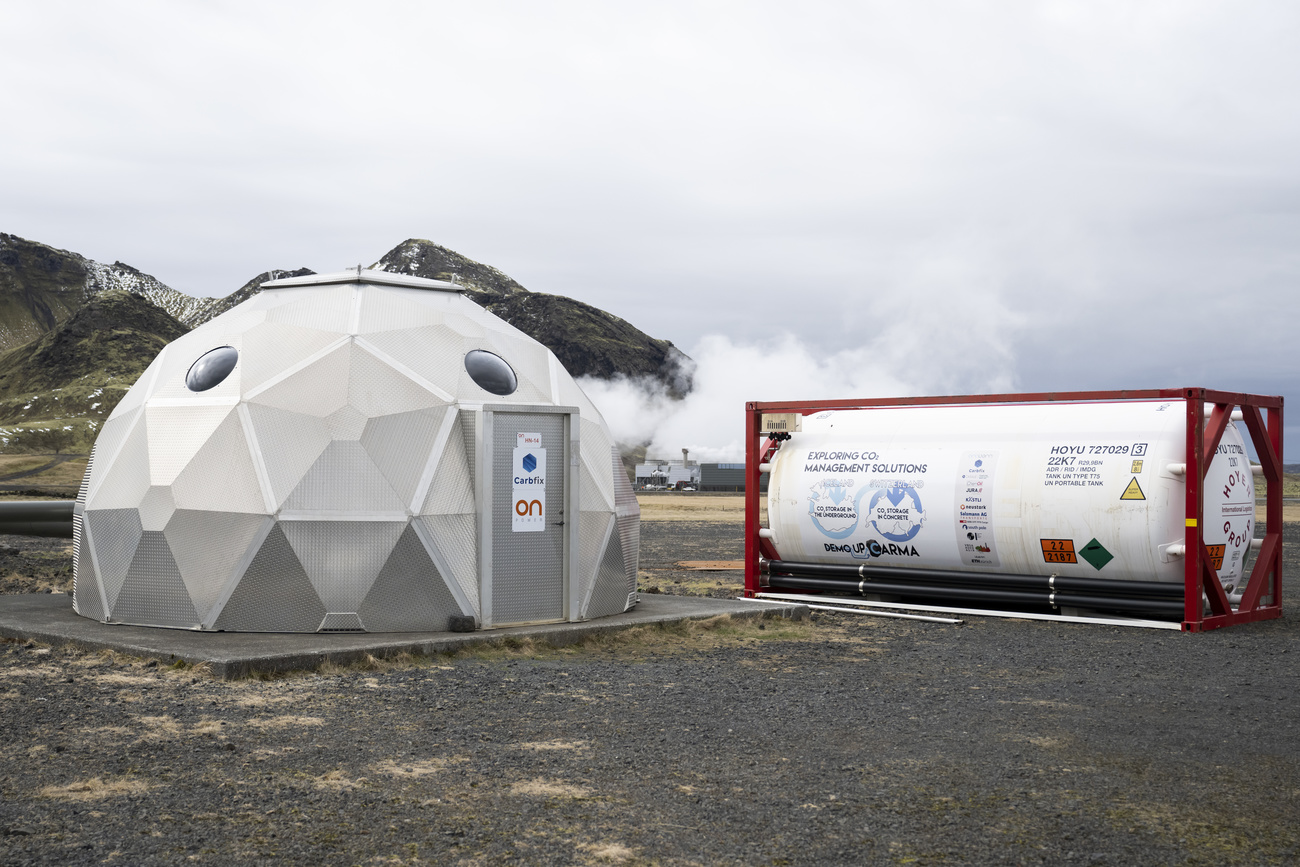30 billion tons of cement are used worldwide each year, resulting in more greenhouse gas emissions than international aviation and building construction combined. A Swiss company believes it has a solution to permanently eliminate one million tons of CO2 by 2030.
Swiss company Newstark has developed a system to turn cement waste from demolished buildings and roads into a carbon sink to permanently remove CO2 from the atmosphere. Its process uses CO2 captured from biogas plants, which is liquefied and transported to demolition plants.
There, CO2 is injected into cement particles from demolished buildings using a specially designed tank and innovative technologies. This triggers a mineralization process similar to CO2 being injected deep underground. CO2 is permanently bound to particles and the surface of particles.
Recyclers can use the carbonized particles for roads, new buildings or other purposes.
Mineralization is the most sustainable method of carbon removal known to date. There is no risk of the stored carbon being released back into the atmosphere. Only temperatures above 600°C or very strong acids are capable of releasing this CO2.
The Swiss Federal Laboratories for Materials Science and Technology (EMPA) found that CO2-infused cement has higher compressive strength than traditional cement. This opens the door to reducing the amount of cement mixed with sand and gravel to make concrete, and the associated CO2 emissions.
Together with its partners, Neustark now operates 17 carbon capture and storage plants in Switzerland and Germany capable of removing more than 5,000 tons of CO2 per year. More than 30 additional plants are under construction across Europe.
The spin-out of the Federal Technology Institute ETH Zurich has big ambitions: to scale and widely deploy its technology within existing facilities of cement manufacturers with the goal of eliminating one million tonnes of CO2 by 2030. In September 2023, Newstark signed a partnership. The agreement with cement company Holcim commits to deploy the innovative CO2 storage technology worldwide.
Video and text adapted by Jose Cress
Show more

Show more
CO₂ produced in Switzerland is converted into limestone in Iceland
This content has been published
28 May. 2024
Efforts to capture carbon dioxide (CO2) emissions and store them underground are attracting great interest worldwide. Switzerland is also examining what to do with its CO2 emissions.
Read more CO₂ produced in Switzerland is converted into limestone in Iceland
